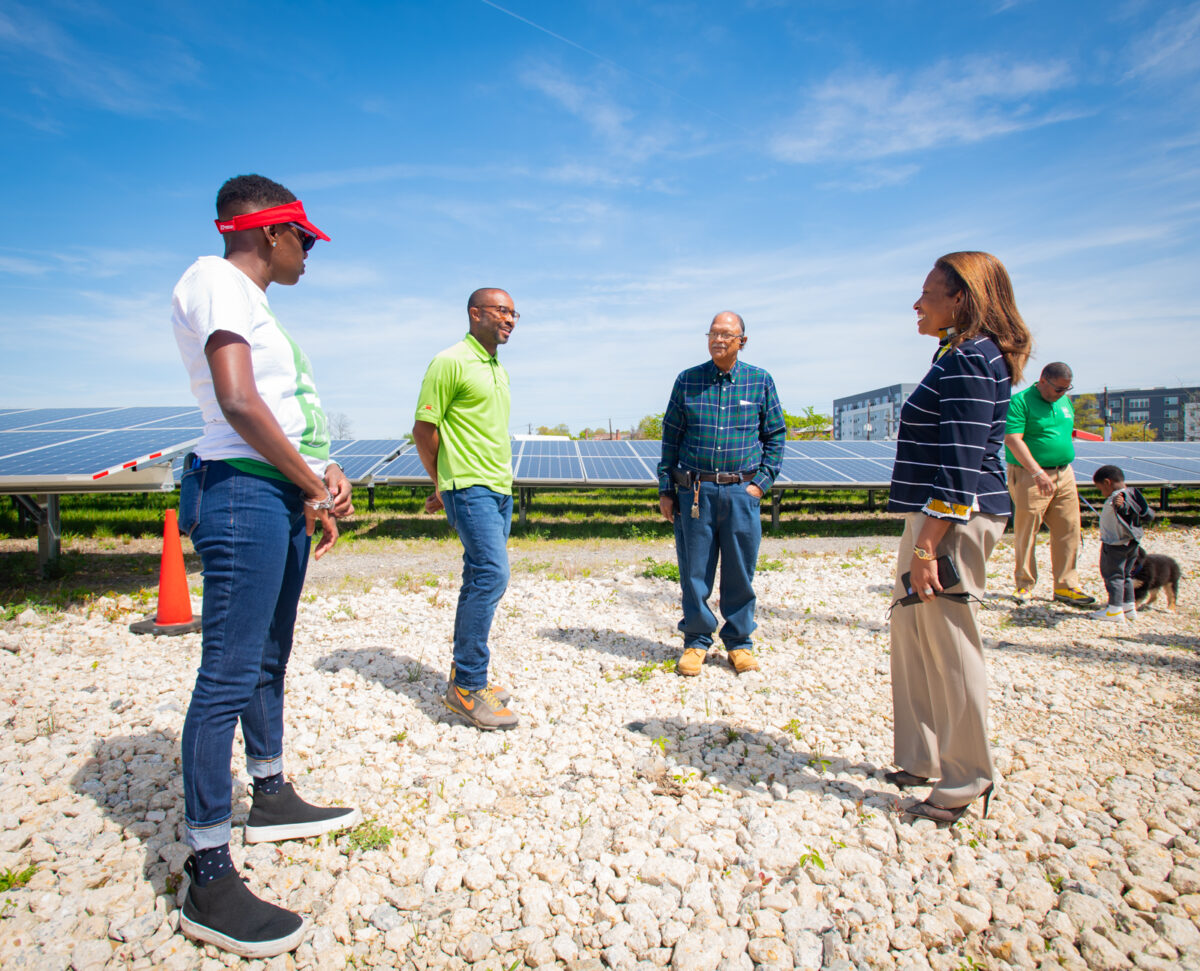A study by a group of researchers from the Netherlands has found that participation and input from local stakeholders in the development of solar power plants may have a noticeable positive influence on the local acceptance of the facilities.
The team assessed how “status quo bias” – when people resist any change to their environments – is potentially the main barrier to the transition to clean energies and how PV plant projects can overcome that bias, which is typically not based on scientific or technical grounds.
“The current approach to developing renewable energy projects often faces local opposition and has been said to increase injustice,” the researchers stressed. “One way of addressing procedural justice is to include local stakeholders in the design process. However, it can be difficult for lay audiences to understand the technical complexities of solar power plants.”
To counter the resistance of local citizens with a “Not in My Back Yard” (NIMBY) attitude, the study built on the results of a research project called “In My Backyard Please.” For the new study, the selection of a use case project considered seven factors: a Dutch location, relevance, design opportunities, landscape user experience, possible local resistance, stage of development, and willingness of local stakeholders to cooperate.
In consultation with project partners, the researchers selected a use case in Nauerna, in the northern part of the Netherlands, which they claim “showed potential due to the presence of an invested community that, on one side, wanted to work on a solar power plant, but on the other, showed some signs of resistance to landscape transformation.”
They conducted interviews to gauge the “level of place attachment” of local stakeholders and then carried out a landscape analysis to map the area’s energy potential. Two co-design sessions were organized in March 2020, and participants were invited to share their own ideas for how the solar installation would be designed.
Project partners then used these ideas to develop three design concepts and to create a full-scale prototype that showed different construction options on the site of a landfill. The researchers then conducted interviews with 21 inhabitants from the 92 resident households to assess not only feedback on the prototype but also potential change in community attitudes and support for solar plant development, along with “the value of using a full-scale prototype to visualize design ideas in the context of a participatory design process.”
Popular content
“The majority of participants (85.7%) reported that the full-scale prototype provided them with more insight into the impact and design possibilities of a solar power plant at the selected location,” the study notes, noting that 81% of the participants said “the prototype positively influenced their opinions,” with the same percentage responding positively to a question about the construction of the solar plant in their proximity.
The academics said their findings show the importance of the participation of local stakeholders early on in the process of gaining acceptance for the development of solar power plant projects. They said that designers need to take into account status quo bias when co-designing SPPs.
The study did, however, also find that inhabitants who would have a direct view of the project tended to respond more negatively to the design. Those who would have a direct view of the site from their living rooms responded negatively when asked if they would want the project to be built in their backyard.
The findings of the research are available in the paper “Seeing is believing, experiencing is knowing: The influence of a co-designed prototype solar power plant on local acceptance,” which was published in Solar Energy. The authors include researchers from Wageningen University and Research, and the project was supported with funding from the Dutch Rijksdienst voor Ondernemend Nederland (RVO), within the TKI Urban Energy program.
“Our results suggest that local commitment to the development and support of a solar power plant can be strengthened by ‘possibilities to participate’, the opportunity ‘to affect outcomes’, and to co-design a solar power plant that considers the wishes of local communities,” the academics concluded.
This content is protected by copyright and may not be reused. If you want to cooperate with us and would like to reuse some of our content, please contact: editors@pv-magazine.com.



1 comment
By submitting this form you agree to pv magazine using your data for the purposes of publishing your comment.
Your personal data will only be disclosed or otherwise transmitted to third parties for the purposes of spam filtering or if this is necessary for technical maintenance of the website. Any other transfer to third parties will not take place unless this is justified on the basis of applicable data protection regulations or if pv magazine is legally obliged to do so.
You may revoke this consent at any time with effect for the future, in which case your personal data will be deleted immediately. Otherwise, your data will be deleted if pv magazine has processed your request or the purpose of data storage is fulfilled.
Further information on data privacy can be found in our Data Protection Policy.